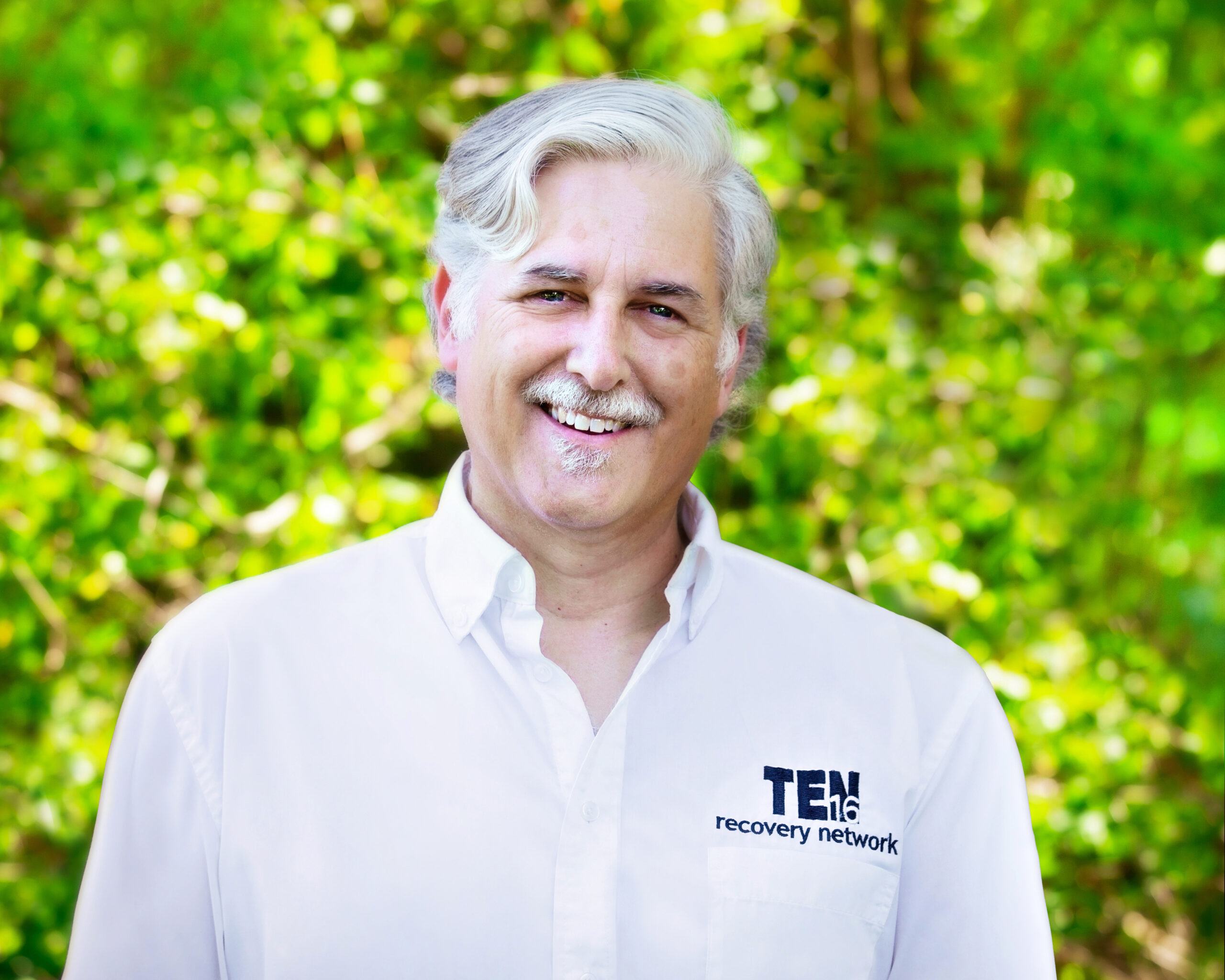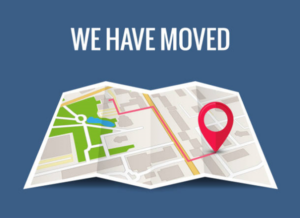Knowing how the environment is pulling your strings and playing you is critical to making responsive rather than reactive moves. – Ronald A Heifetz
The opioid/fentanyl crisis and the associated fear of overdose and death have increased demands for immediate access to care. The pandemic exacerbated it further when facilities had to restrict beds to accommodate social distancing, creating a scramble for available beds, which lingers due to labor shortages. Calls from payors, regulators, and advocates for “treatment on demand” make an impression that anyone with a substance use disorder should get same-day service for all levels of care.
The risk in creating this expectation is it needs to account for the nuance required for service matching with severity, readiness, and a host of interwoven factors. It is especially not helpful when there isn’t a defined timeframe, which should vary by level of care, as well as a clear definition of what it means to start services. Some see it as being able to talk with a therapist or recovery coach in person or virtually, and others perceive it as walking in the door of a detox or residential facility. Without a common reference point, it can lead to frustration and finger-pointing between providers, referral sources, those seeking treatment, and their loved ones.
The notion of “treatment on demand” has a fascinating history that has been championed and heavily studied during the addiction epidemic of the 1990s. Both Baltimore and San Francisco poured massive resources into the public SUD treatment system that saw waiting lists that were weeks long. The standard for ‘treatment on demand’ meant the goal of entry into a treatment program within 48 hours of a request. Two days. Forty-eight hours, not four to eight hours.
Interestingly enough, these communities marshaled the political will and invested missions of dollars into community awareness and system reforms to ensure that providers could meet the 48-hour window. There was a slight statistically significant decline in the number of people on the monthly waiting lists during the study period. However, the days waited by those admitted to treatment significantly increased in Treatment on Demand-funded facilities (HERE).
How can that be? The math of SUD is pretty straightforward. One in ten adults would screen positive for a substance use disorder. Well-known fact. Only about 10% of those individuals seek professional help – mainly because they don’t believe that their struggle with alcohol or drugs rises to the level of needing professional help. Like many, our agency has sought ways through outreach, education, awareness, and stigma reduction to engage that missing 90%. But there are unintended consequences with those efforts.
A second well-known data point in the SUD system equation – the majority of people seeking treatment are coming due to external circumstances, most frequently the courts. Our current system of care is built upon the demand of this limited group. We will have doubled demand if we reduce the missing 90% by ten percent through new outreach activities. The system is not ready and cannot add beds, chairs, prescribers, clinicians, and peers fast enough.
As important as it is to be responsive to a person’s need to get into specialty care, there is also the need to be responsible. I often hear advocates discuss the need to get a person into treatment on the same day. However, there is strong evidence that cautions against treating people too quickly. Doing it too fast increases the chance of leaving a detox or residential program early and dropping out of treatment. While some would say to “keep trying till the miracle happens,” there are significant consequences for those who drop out because they accessed treatment too quickly.
A few studies have compared the completion rates of those with an “unplanned admission” into detox programs with those who planned one. The first study showed that those who came directly from the ED were twice as likely to leave prematurely compared to those with a scheduled admission. (HERE) A similar study by the Philadelphia Veterans Administration Hospital found that “patients admitted to the hospital “unscheduled” had a disproportionately higher incidence of subsequent AMA (against medical advice) discharge, particularly if they were alcoholic. This finding calls into question the cost-effectiveness of hospitalization as an initial treatment strategy for substance abusers who enter treatment impulsively and points out the need for additional study to determine the most cost-effective treatments for addicts whose primary motivation for treatment may be to obtain relief from precipitating stressors.” (HERE)
A third study looked at the readmission rates. A planned admission was identified as someone who had presented at a hospital, had a supported discharge, and elected to enter a detox program, working with detox staff for their admission a few days later. An unplanned admission was someone who presented in the hospital and was immediately placed on a withdrawal protocol. There were 47 unplanned admissions in this study and 13 planned admissions. Within a year, 40% of those with a planned admission were readmitted to a detox program. However, 100% of the 47 unplanned admissions had to be readmitted within a year! (HERE)
In those interventions that have more flexibility in their access speed, there are lessons to learn as well. There is an active strategy nation-wide for hospital Emergency Departments to provide medication treatment to those with an opioid use disorder and link them to a local clinic for continuing care. A study published by the Rand Corporation in March 2022, reviewed 22,846 buprenorphine prescriptions written and filled from Feb 2019 to Nov 2020. Only 28.5% of those individuals followed up with the clinics and got a refill of the medication. (HERE) Leaving the head to study to share that while they were encouraged that more people had access to these medication and some fatal overdoses were avoided, there is “substantial room for improvement to create a system of care that seamlessly transitions patients from the emergency setting to community providers who can continue treatment.”
These are troubling outcomes for programs that are urgently responsive, dare I say reactive, to the person verbalizing a desire to get help right now. More importantly, we must know the cumulative impact of repeated treatment dropouts. One study showed that the number of treatment dropouts was the best predictor for future dropouts. “Subjects with one or two previous early discharges had a 4.7-fold increased risk (of dropping out), and for subjects with three or more previous premature discharges, the risk increased even to 10.4” (HERE). A secondary study showed that “premature dropouts and repeated detoxification treatments weaken the patient’s self-efficacy and thereby increase the inhibition threshold to seek help.” (HERE). Translation – The more often a person drops out of treatment, the more often they “fail” (in their mind), and the less likely they are to believe that treatment will work next time.
With the rise in harm reduction services, we must ensure that we are not creating new harm by accelerating access. Accepting that our system could harm by creating these unintended consequences is problematic. Those facilities that are more focused on filling their beds, often under the guise of being responsive, are fostering the most harm. Verbalized motivation is very fluid, and we cannot rely on that as the only reason we admit people into this specialty care. SUD providers must establish thoughtful, intentional processes to work with someone in need. These processes should not create unnecessary hurdles that delay appropriate access to care.
These are critical moments for vulnerable people that must be protected and valued. Providers should partner with them to create the best possibility for the successful completion of treatment. Suppose we are reactive to the short-term without balancing the long-term implications. In that case, we could squander the opportunity and make it even more challenging to try again. We must meet them where they are, hold space for them, then walk thoughtfully – not run reactively – with them, helping them arrive prepared for this step in their recovery journey.
 Contact
Contact FAQs
FAQs




